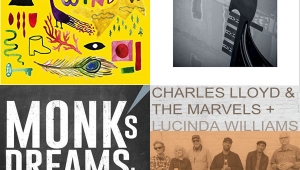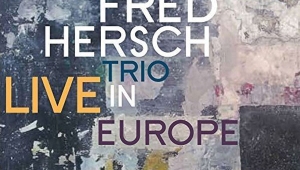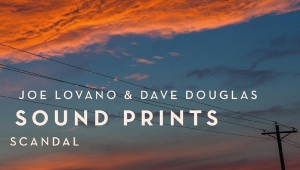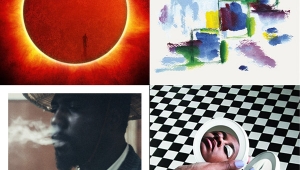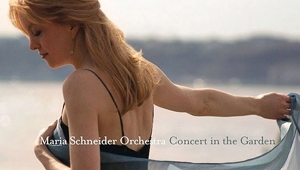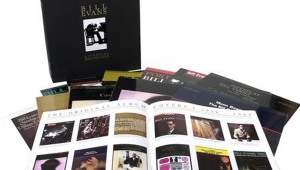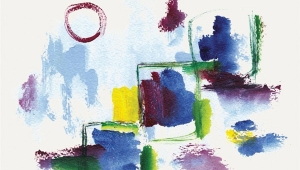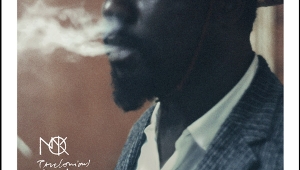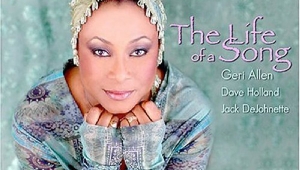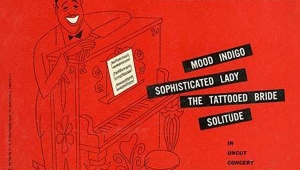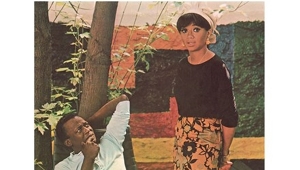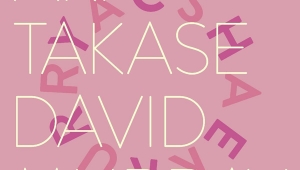| Columns Retired Columns & Blogs |
Mosaic's Complete Ahmad Jamal Trio
I’ve never been crazy about Ahmad Jamal. His piano style has struck me as patio-cocktails jazz—nice harmonies and rhythm, but soft-spoken, too precious, de-sensualized.
But Mosaic Records’ new 9-CD boxed set, The Complete Ahmad Jamal Trio Argo Sessions, 1956-1962, has set me reeling. It’s a mind-changer.
I still have my reservations, which the collection has only confirmed. Some of the ballads are jejune beyond measure; he treats even a sex-soaked number like “You Go to My Head” as just another tasty, bouncy tune; one of the discs (#5), which features a backup of strings (lamentably fashionable in the day), is gagging.
And yet most of this music gives off such pleasure. Much of it comes from the tension between Jamal’s light touch and his rhythm section’s power: Israel Crosby’s firm but agile bass lines (the sides from the Spotlight Club in D.C., where he’s overmiked, provide the clearest case of how much he added to this music) and Vernel Fournier’s reeling polyrhythms. Fournier is the wonder. He doesn’t stray outside the drums’ traditional role of timekeeper, but he soars, swirls, and slam-dances within those confines with more verve and finesse than you might think possible. Imagine Tony Williams locked in a cage—and adapting to the bars most happily.
But it’s dishonest to underplay Jamal’s role. First, he picked these guys and kept them on for nearly a decade; he clearly had a vision of the ensemble sound. But second, he’s doing some amazing things himself. Miles Davis famously wrote of Jamal, “He knocked me out with his concept of space, his lightness of touch, his understatement and the way he phrased notes and chords and passages.” I like where Miles took this inspiration more than I like the source; but listening to all this music in one box, I appreciate what Jamal was doing much more than before.
The 1958 sets at the Pershing Lounge in Chicago were the ones that made Jamal famous. (The album, with its quasi-bossa covers of “Poinciana,” “But Not for Me,” and “The Surrey with the Fringe on Top,” sold a half-million copies in its first week and stayed in the Top 10 pop charts for over a year.)
But the revelation in this box, to me, comes with the 1962 sessions at the Blackhawk, which show a more dynamically adventurous, even boisterous side of Jamal’s playing—with no backpedaling from his lyricism. If I’d listened to this album years ago, I wouldn’t have been so surprised by some of Jamal’s later albums, especially The Essence, Volume 1 (1996) and In Search of Momentum (2003); I wouldn’t have seen them as departures.
The sound quality is uneven but generally quite good, especially the sets recorded in a Chicago studio.
- Log in or register to post comments
